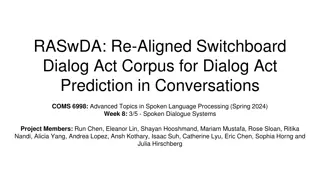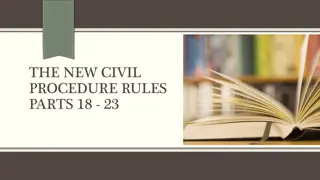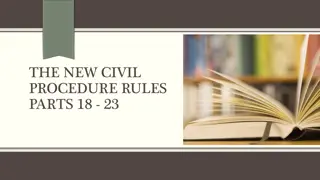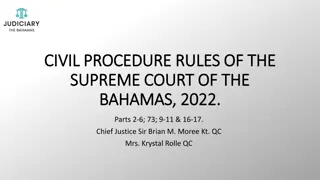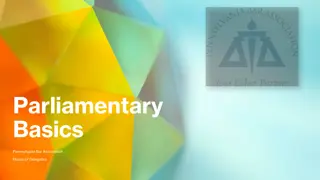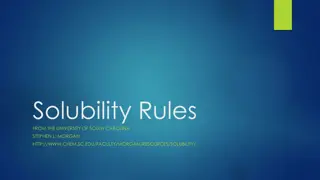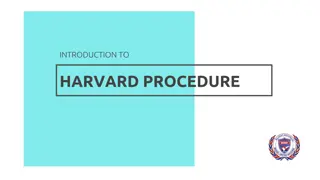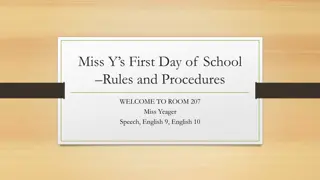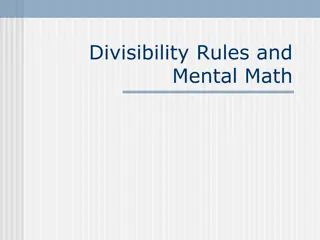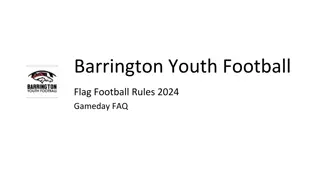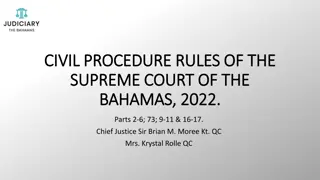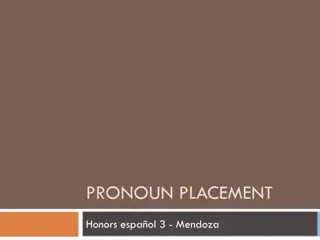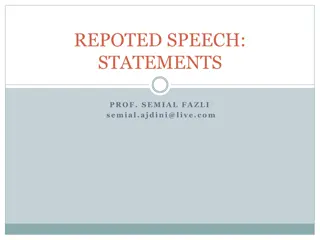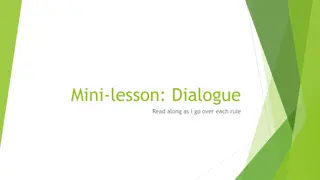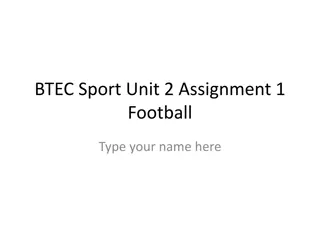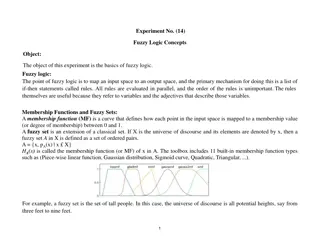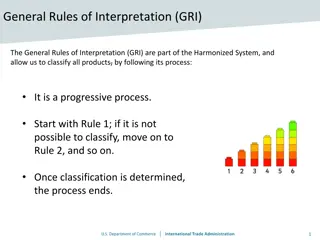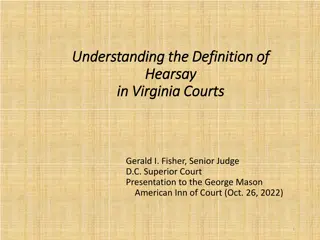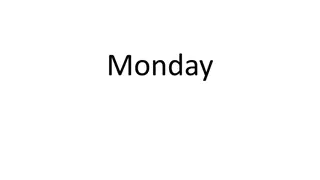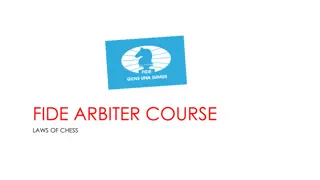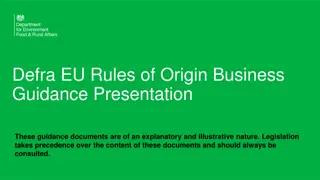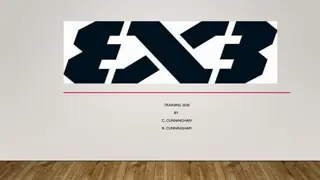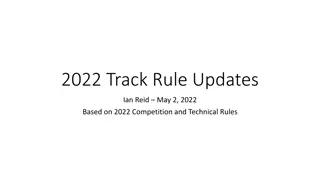Understanding Prosody: Rules and Examples
Prosody, derived from the Greek term "Prosodia," pertains to the rules governing verse structure and accent placement in poetry. This introduction covers general rules on accents, the nature of feet, and various di- and trisyllabic feet patterns such as Trochee, Iambus, Dactyle, and more. Explore how accents, syllables, and meters combine to create rhythmic patterns in poetic compositions.
Download Presentation

Please find below an Image/Link to download the presentation.
The content on the website is provided AS IS for your information and personal use only. It may not be sold, licensed, or shared on other websites without obtaining consent from the author. Download presentation by click this link. If you encounter any issues during the download, it is possible that the publisher has removed the file from their server.
E N D
Presentation Transcript
Introduction to Prosody Dr. Somali Saha
What is Prosody? The term Prosody comes from Gk. Prosodia, which means a song sung to music. It deals with the law of versification. It treats the rules which regulate the structure of verses.
General Rules regarding Accents Accent falls on the important or root syllable. Accent falls on important words. Accent falls on alternate syllables. In the case of a mono-syllabic word, accent dependes on the nature and the position of the word. A diayllabic word has one accented syllable.
General Rules regarding Accent 2 When the word is of three syllables, accent is laid on one syllable which may be the first, second or third syllable. In case of tetrasyllabic words, accent falls on alternate syllables. Accent does not fall on articles, conjunctions, prepositions, interjections etc. Accent does not fall on prefixes and suffixes.
Nature of Feet A foot is composed of two or three syllables. The number of neither accented nor unaccented syllables does exceed two. A foot may be di-syllabic or tri-syllabic, but in the case of a tri-syllabic foot, the accented syllable is only one.
Disyllabic Feet Trochee: When an accented syllable is followed by an unaccented one. Iambus: When an unaccented syllable is followed by an accented one. Spondee: When both the syllables are accented. Pyrrhic: When both the syllables are unaccented.
Trisyllabic Feet Dactyle: When one accented syllable precedes two unaccented ayllables. Amphibrach: When the middle syllable is only accented, and the rest remain unaccented. Anapaest: When an accented syllable is preceded by two unaccented syllables.
Variations of Disyllabic Feet Catalectic: If at the end of a trochaic line, there is only an accented syllable, it is presumed that an unaccented syllable is dropped, the foot is called catalectic Catalectic occurs only in trochaic lines
Variations of Disyllabic Feet Acephalous: If in the beginning of an iambic line, there is only an accented syllable, it is presumed that an unaccented syllable is dropped. And the foot is called acephalous. Acephalous variation occurs only in iambic lines.
Variations of Disyllabic Feet Hypermetrical: If at the end of an iambic line, there is only an unaccented syllable, it is presumed that the syllable is extra, and the line is called extra-metrical or hypermetrical. Hypermetrical variation occur only in iambic lines.





